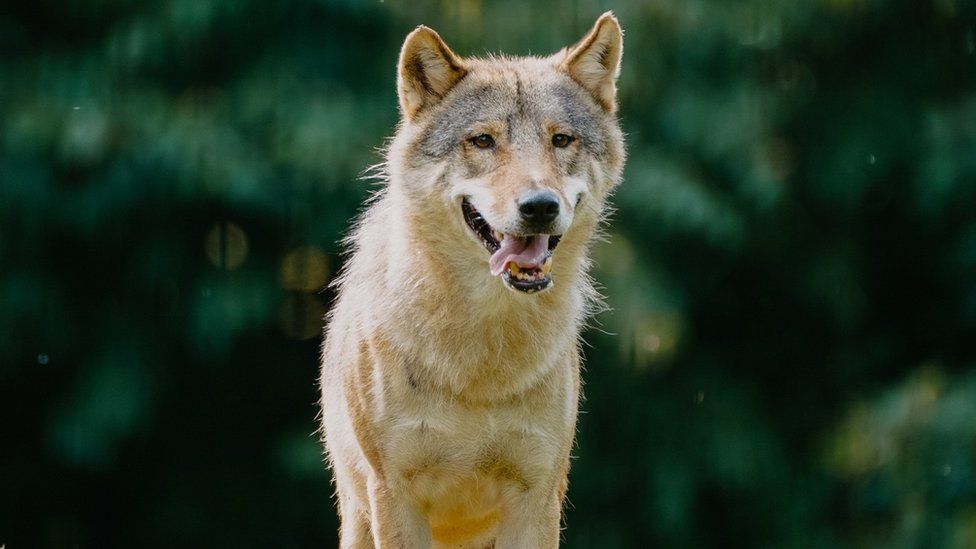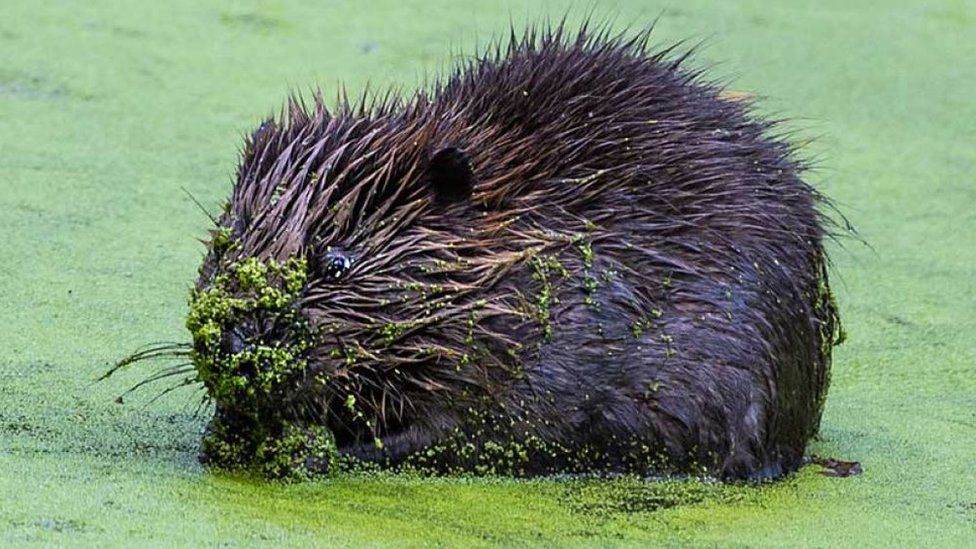ramonmercado
CyberPunk
- Joined
- Aug 19, 2003
- Messages
- 58,413
- Location
- Eblana
Perhaps these wolves will escape and reintroduce themselves.
A male wolf has arrived at a safari park with keepers hoping it will lead to a "dynasty" with new pups.
Terry, a six-year-old European wolf, has been meeting the existing pack at Longleat Safari Park in Wiltshire.
Staff say he "immediately bonded" with Meg, his potential mate.
"He's doing all the right things for him and Meg to hopefully have a family in the near future," said lead keeper Kayleigh Smith.
The pair have been gradually introduced to each other over a period of weeks and have now been released into their own territory.
"We are so excited to have Terry join Meg in Wolf Wood. He has a funny little character, and immediately bonded with her when they were first introduced," said Ms Smith.
"He has a lovely relationship with his keepers and has settled into his new routine perfectly. We can't wait to see what the future holds for the pair."
 IMAGE SOURCE, TOM ANDERS/LONGLEAT Image caption, Terry is now spending time with Meg in their own area at Longleat
IMAGE SOURCE, TOM ANDERS/LONGLEAT Image caption, Terry is now spending time with Meg in their own area at Longleat
Wild wolves used to live across Europe but were eradicated from much of the west of the continent in the 19th Century, and have been extinct in the UK for more than 250 years.
https://www.bbc.com/news/uk-england-wiltshire-66614267
A male wolf has arrived at a safari park with keepers hoping it will lead to a "dynasty" with new pups.
Terry, a six-year-old European wolf, has been meeting the existing pack at Longleat Safari Park in Wiltshire.
Staff say he "immediately bonded" with Meg, his potential mate.
"He's doing all the right things for him and Meg to hopefully have a family in the near future," said lead keeper Kayleigh Smith.
The pair have been gradually introduced to each other over a period of weeks and have now been released into their own territory.
"We are so excited to have Terry join Meg in Wolf Wood. He has a funny little character, and immediately bonded with her when they were first introduced," said Ms Smith.
"He has a lovely relationship with his keepers and has settled into his new routine perfectly. We can't wait to see what the future holds for the pair."

Wild wolves used to live across Europe but were eradicated from much of the west of the continent in the 19th Century, and have been extinct in the UK for more than 250 years.
https://www.bbc.com/news/uk-england-wiltshire-66614267


